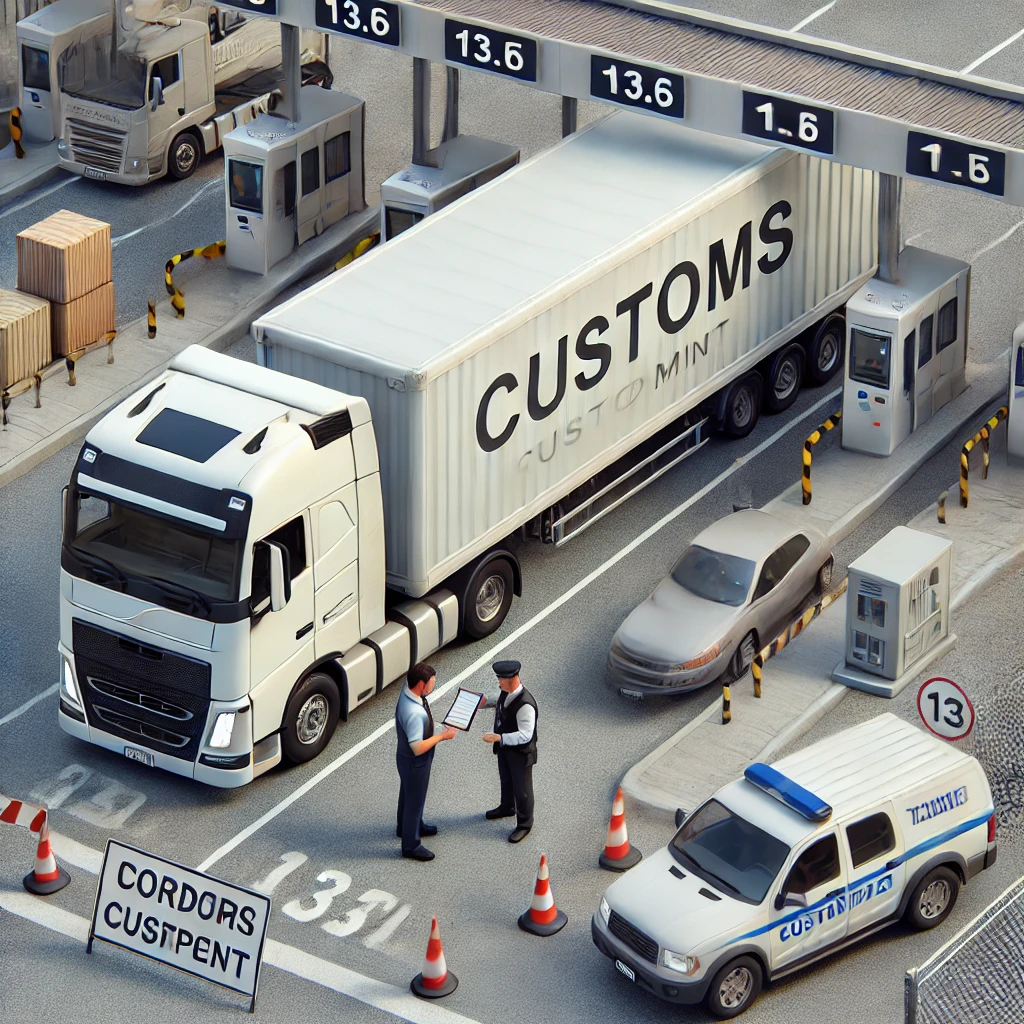A Beginner's Guide to 13.6/5
The term "13.6/5" may refer to various industry-specific measurements or standards used in logistics, transportation, or engineering. Understanding its key features, practical applications, and relevance can help professionals and businesses optimize their operations. This article provides a comprehensive guide to the meaning of 13.6/5, its significance, and how it is applied in different contexts.

What Does 13.6/5 Mean?
In logistics and transportation, 13.6/5 often refers to the standard dimensions of a semi-trailer or truck used in freight transport. Specifically:
- 13.6 meters (44.6 feet) refers to the length of a standard European semi-trailer.
- 5 meters (16.4 feet) may represent the height or a related measurement in a transport context.

Key Features of 13.6/5 in Logistics
- Standardization:
- Many European and global freight carriers use 13.6-meter trailers for efficiency and compatibility with road regulations.
- The 5-meter specification may apply to clearance height or total vehicle height.
- Load Capacity:
- These trailers can typically carry up to 33 pallets of cargo, making them ideal for bulk shipments.
- Compliance with Regulations:
- Most European road networks accommodate 13.6-meter trailers within legal size limits.
- The height may be restricted in certain areas, requiring route planning.
Practical Uses of 13.6/5
- Freight Transport:
- Standard semi-trailers allow for efficient transport of goods across long distances.
- Warehouse and Logistics Planning:
- Warehouses design docking areas to accommodate these trailer dimensions.
- Supply Chain Optimization:
- Using standard trailer sizes ensures seamless loading, unloading, and transportation.

Importance of Understanding 13.6/5 in Business
- Improved Logistics Efficiency:
- Selecting the right vehicle size minimizes costs and maximizes cargo space.
- Regulatory Compliance:
- Adhering to local and international transportation standards avoids fines and delays.
- Optimized Fleet Management:
- Businesses can plan their fleet based on industry-standard trailer sizes to streamline operations.
Challenges and Considerations
- Height Restrictions:
- Some routes may have clearance limits requiring alternative planning.
- Weight Distribution:
- Even with standard dimensions, proper weight distribution is crucial for safety and efficiency.
- Loading Dock Compatibility:
- Warehouses must ensure docks accommodate 13.6-meter trailers.

Conclusion
Understanding the meaning and applications of 13.6/5 is essential for professionals in logistics, transportation, and supply chain management. By leveraging industry-standard trailer dimensions, businesses can enhance operational efficiency, maintain compliance, and improve overall logistics planning.
